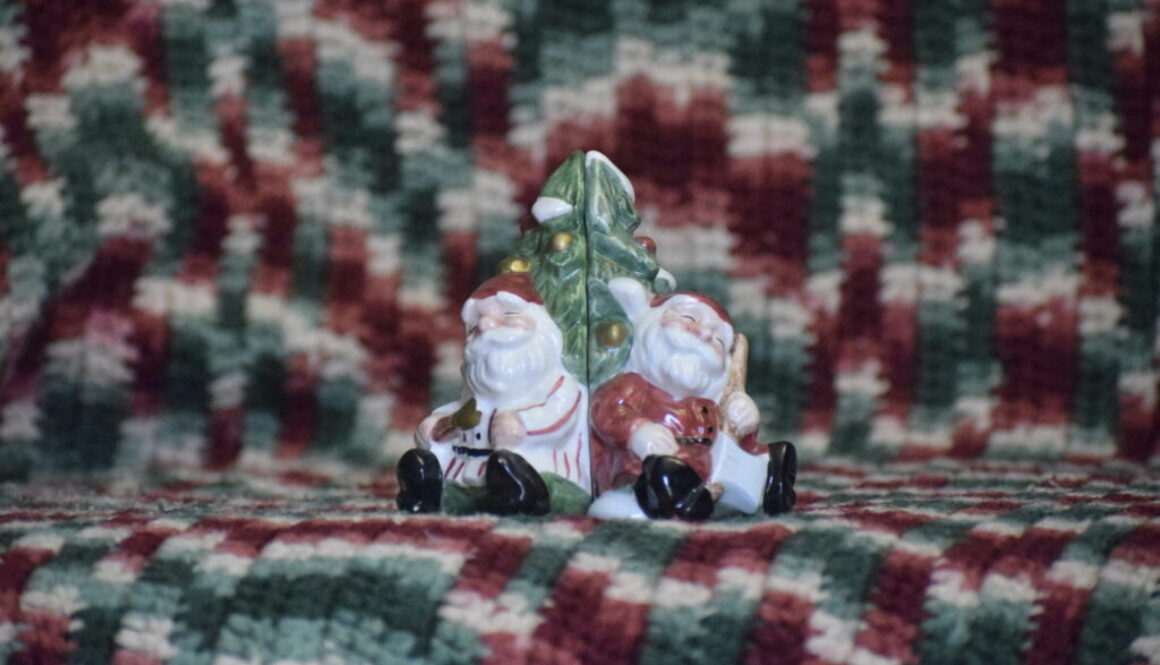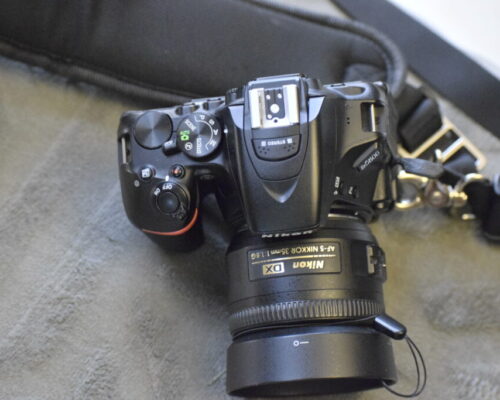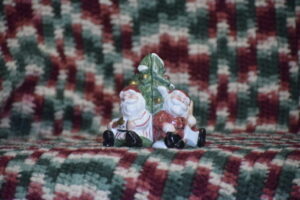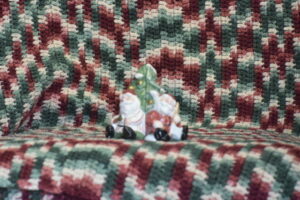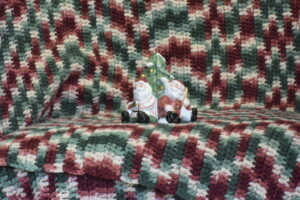Aperture
F-Stop
If you haven’t read the previous blog I highly recommend you start there since it will explain the overall concept of the exposure triangle when shooting in manual mode. CLICK HERE FOR LAST BLOG If you have read the previous blog or maybe you are just interested in aperture and a trick to help you learn how to use it on your DSLR camera then read on my friend.
Let’s start with what aperture is from the last blog. Aperture (or F-stop) is how large the opening in the lens is. So think how big a faucet is. Is it a large spout? Or a tiny spout? The larger the spout the more water can come out. The larger the aperture (OR SMALLER the F-stop) is how much light can be let in.
Too much light
1. It lets more or less light in. And that’s good right? Photography is all about lighting. So why wouldn’t a photog just open that aperture as large as big as it can go? (You would do this by lowering the F-stop. It’s backwards just accept it.) One reason is maybe you are in full sun and you will then have too much light Or maybe because of number 2.
Bokeh
2. Now any time you let more light in you reduce the amount of focus if you have multiple planes. If your subject is closer but s/he has a beautiful mountain range behind her/him. Do you want everything in focus or just the subject? That is a personal artistic decision that only you can decide.
If you have a Nikon camera the “A” is the aperture priority auto. If you have a Canon camera the “Av” is the aperture priority auto. When this setting is chosen on mode dial it means you set the F-stop on your camera or you get to decide how big the hole is that the lens uses. Pretty sweet, uh? Why is that important? A few reasons:
Here is the trick: a DSLR camera has the ability to allow you to set the aperture on your camera and then the camera will adjust the rest for you. Make sure to check out what the other settings are as you adjust the aperture. I’ve included some examples with the camera settings below for you to check them out. I did not edit these photos so you can see how they come straight out of the camera. (I used a Nikon D5600 with a 70-300 lens)
F4.8 1/200 ISO6400
F8.0 1/50 ISO6400
F18 1/15 ISO6400
Now it’s your turn. If you take the time to try this out, drop me a couple photos on Facebook, Instagram or email. I can’t wait to see what type of photo art you create. If this was helpful check out my next blog about using the same trick to learn shutter speed.
Follow me on Facebook @ (3) Facebook and Instagram @ Kim VanOs Photography (@kimvanosphotography) • Instagram photos and videos

